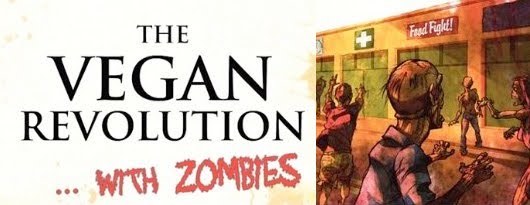The Martian Trilogy: John P. Moore, Amazing Stories, Black Science Fiction, and The Illustrated Feature Section
The Martian Trilogy will be ranked in my top books of the year, but in the retro reads, and that is despite it being a “new” release. It is 90 years since the core of it was written. In a circulation that outdid Amazing Stories or any of the pulps of the day, John P. Moore’s Amazing Stories - Shot into Space, re-titled “The Martian Trilogy” here to avoid confusion, is a landmark achievement in science fiction studies and African American studies recovery work.
This story might as well have been the ark of the covenant lost deep in a warehouse when it was uncovered. This is more of a book review than a novella review at its core. Written in 1930, and taking place on September 8th, 2030, John P. Moore’s story shows its age often, but what it represents is more important than the details of the story itself.
The serial began on October 4th in Richmond Planet Newspaper but eventually appeared in a hand called "Illustrated Feature Section,” which was essentially a regular anthology of black fiction that was distributed to 185,000 readers over 34 black-owned newspapers in various cities. So here is this landmark of black imagination, and it was essentially lost. The submission guidelines were clear. “Stories must be full of human interest. Short, simple words. No attempt to parade erudition to the bewilderment of the reader. No colloquialisms such as "nigger," "darkey," "coon," etc. Plenty of dialogue and language that is realistic.
We will not accept any stories that are depressing, saddening, or gloomy. Our people have enough troubles without reading about any. We want them to be interested, cheered, buoyed up; comforted, gladdened, and made to laugh.”
The story is about a man, a doctor in 2030 Baltimore, who is suddenly shot to Mars and finds another world, and goes on an adventure. He finds a black culture on Mars, fall in love with a Princess and plenty of other strange things. The story is mostly impressive because it was first, and when it was written. Writing this stuf in 1930…I grade on a curve.
The story is interesting, a fascinating time capsule of black speculative thought in 1930, but the story is very short by modern standards. This is not what makes the book essential, or why it NEEDS to be supported.
The book has contributions by the researchers who recovered the work, and plenty of stars in black genre fiction. There are excellent essays by Brooks E. Hefner, the author of Black Pulps, Edward Austin Hall, Co-editor of Mothership; Sharee Renee Thomas, editor of The Magazine of Fantasy and Science Fiction; and Hoosier author Maurice Broddus. Each of these is worth the whole book.
It is about the history, the culture, and the knowledge of this forgotten tale. It is about the academics who found it, who brought it back to life, and what it says about the research still to be done, recovering lost science fiction. The bios, articles, and essays are probably half or more of the book, and they are worth the cost and time invested. This is as important a work released this year in science fiction as it gets.





